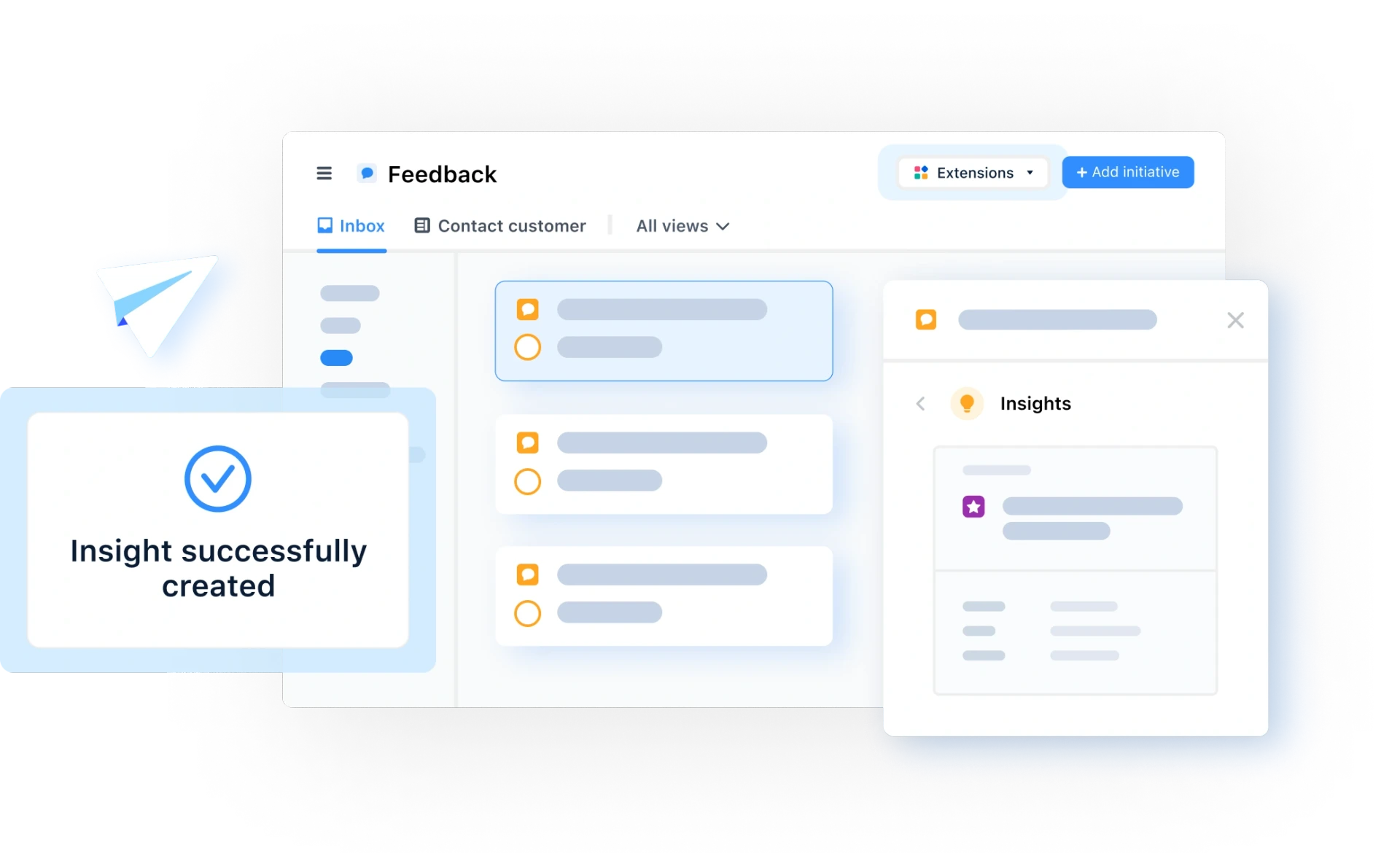Alpha Test
What is an alpha test?
Definition of an Alpha Test
An alpha test is a form of acceptance testing, performed using both black box and white box testing techniques. As it is the first round of testing a new product or software solution goes through, alpha testing is concerned with finding any possible issues, bugs or mistakes, before progressing to user testing or market launch.
The main purpose of conducting an alpha test is to ensure the quality of the software system before it goes into the production environment. That’s why an alpha test relies on internal testers — team members, stakeholders, etc. — at the developer's site, in a virtual environment similar to the actual production environment.
You may have also heard of beta testing, which takes place after alpha testing and is performed by potential end-users.
What is an alpha test used for?
An alpha test is conducted before a beta test, towards the end of the software development process.
The main aim is to verify the input and output functionality of the software, at a high level. To do so, alpha testing is rolled out in three phases:
Pre-alpha testing: A quick, high-level testing cycle to understand whether the system can be passed on to the next phases of testing.
Alpha testing: A lengthy and full cycle of thorough and rigorous testing to stress-test all the features of the system.
Post-alpha testing: A parallel process where one set of developers work on fixing any defects found, whilst other testers continue to search for bugs.
Throughout the entire process, alpha testing seeks to understand system behavior and user experience. This is done before the software is released to the market, so that any issues can be ironed out before the system is running in the outside environment.
How do you conduct an alpha test?
Alpha testing is the responsibility of the internal testing or quality assurance (QA) team.
Generally speaking, an alpha test will run as follows:
The first step of alpha testing is to review the design specification and understand the functional and non-functional requirements.
Next, an extensive test plan is created, to generate all the necessary test cases.
Once the test plan and the test cases are ready, the team starts alpha testing. Here, the main priority is to check for any bugs or defects in the system.
As soon as the team comes up against a bug or defect, the issue is logged in a separate system.
These defects are then assigned to the members of the development team to work on and fix.
When the development team confirms that the issues have been resolved, the testing team retests the software product. This testing cycle will continue until no more issues are found.
Advantages of running an alpha test
As you’d imagine, there are many benefits to alpha testing. Here are some of the most important:
You accomplish adequate and thorough testing: Alpha testing uses both black box and white box testing. The black box testing techniques will test the system's input and output functionality at a high level. While the white box techniques test the system's design and internal structure. This is important to verify the product’s input and output flows, for all required and possible scenarios.
Improved software quality: In alpha testing, the system is tested in a simulated environment which is similar to the environment it will be used in. This creates realistic testing conditions, trying to empathize with end-users as much as possible. Of course, if the software is then taken into beta testing, the team will get feedback from genuine end-users as well. Any and all early feedback should improve the final product quality immensely.
A host of insights into usability and reliability: Alpha testing provides the opportunity to understand how the system will behave when it is released to the end-users. The product team will be able to measure the system's performance and obtain an idea of its usability and reliability in advance. These insights will help the product team to make the right decisions on the future improvements of the system.
Less re-work and shorter delivery time: Alpha testing allows the testing team to identify possible production issues in advance. This helps the development team to address the possible production issues and fix them before the system goes to launch. This reduces development re-work and the delivery time of the later releases.
Disadvantages of running an alpha test
Alpha testing is a critical step in the development process, and we’d always recommend that teams find the time and resources to do it.
That being said, there are a couple of drawbacks to alpha testing. Fortunately, being aware of these should minimize the impact they have:
Alpha testing means a longer test execution time: In alpha testing the complete product will be tested at a high level and in-depth, using the different black box and white box techniques. This means the test execution cycle takes a longer time to complete. The duration of the testing cycle also depends on the features of the product and the number of defects uncovered during the test cycle. If the product has more features and finds a number of uncovered defects, the testing duration will drag on.
The virtual environment creates limitations for non-functional requirement testing: Alpha testing is conducted to identify and eliminate production issues. So, yes, it is possible to test certain non-functional requirements — such as usability and performance — but there is a limitation on other non-functional requirements. For example, aspects like maintainability, in-depth security and reliability are tricky to test, simply because the alpha test takes place in a virtual environment.
Alpha test vs. beta test difference in product management
Alpha testing is done to make sure a product is ready to send to potential end-users for beta testing. During Alpha testing, internal testers check the product for bugs and other quality issues. These internal testers include stakeholders, team members etc. Alpha testing occurs before a product launch.
On the other hand, beta testing is carried out by a small number of the product’s end users. These users don’t need to perform beta tests in any specific environment, unlike alpha testing which does require a specific environment. Beta testing happens during the product marketing stage and is mainly used to gauge customer satisfaction.
A few more key differences between the two phases of testing are:
Alpha testing doesn’t include extensive reliability and security testing, but beta testing includes extensive reliability, security, and robustness testing.
Alpha testing uses both white-box and black-box testing but beta testing only uses black-box testing.
Alpha testing is done at the developer's location, and beta testing is done at the client's location.
What is an example of alpha testing in product management?
Let’s look at an example of alpha testing in product management. Say you have a piece of software made to help you save recipes. Here’s how you’d run alpha testing for your recipe software.
Step 1: The first alpha testing stage reviews the design specs and checks the functional and non-functional needs. How should this recipe app’s features work? What are the optimal parameters?
Step 2: Next, you develop a detailed test strategy to produce all of the necessary test cases. Make sure all team members have a good understanding of what exactly they will be testing.
Step 3: Here, your internal stakeholders will start alpha testing. The major aim is to look for faults or bugs in the system. Here’s an example of a bug for your recipe app. When you enter your recipe, the app crashes after you’ve entered 20 words. Another example could be the save recipe button not working.
Step 4: When the team encounters a bug or a defect, the problem is recorded in a separate system. Keeping track of all the faults is crucial and helps team members save time. This is especially true if users find a bug multiple times.
Step 5: These bugs are then allocated to development team members to work on and fix. This process usually takes varying amounts of time, depending on the number of bugs and their impact.
Step 6: The testing team retests the software product once the development team confirms that the bugs have been fixed. Then you need to repeat the testing cycle until there are no remaining issues.
The importance of iteration in alpha testing
Iterative working can be essential to the product development process, especially when working with agile methodologies. Building on previous progress allows you to create products with incredible levels of value without sacrificing quality or wasting resources.
Iteration may seem counterintuitive when it comes to alpha testing because you want to get the product to MVP status as quickly as possible. However, rushing the testing stage can hurt your final product.
Traditionally, you would plan your endgame in the early stages. Having a solid plan for the final approach can be reassuring, but it puts the project on the rails and tends to ignore user feedback uncovered in testing.
By embracing iteration in the alpha testing stage, you can start to gain a better understanding of your users. This will help influence your game plan for the beta phase and ultimately add extra value to the product your users will love.
Iteration within the alpha testing phase requires the team to build and test multiple prototypes against user and business needs. With each iteration, you’ll learn new things about what’s working and what isn’t, which your team can channel into the final product.
If it becomes clear during this process that you still don’t have a grasp on user needs, it might be time to revisit the discovery phase.
The role of customer feedback in alpha testing
There’s no point alpha testing if you won’t listen to what users tell you.
Customer feedback will be the key to making your product a success. It will dictate how you adapt and refine the product during alpha testing. Employee testing is great because it will uncover plenty of bugs and technical issues — but it often misses key usability issues that only actual users will uncover.
Pulling in customers for alpha testing will also eliminate the unconscious bias that can come with employee testing. You’re finding people from your target audience who would have used your product anyway, but now you’re harnessing their usage data and feedback to help improve the final product.
The joy of the tech industry is that early adopters and customers willing to explore a product during testing are often enthusiasts. These people are often highly knowledgeable and passionate about technology and will offer feedback that’s as detailed as employee feedback but from a different, outside perspective.

General FAQ

Glossary categories
All product feedback in one place

Experience the new way of doing product management








